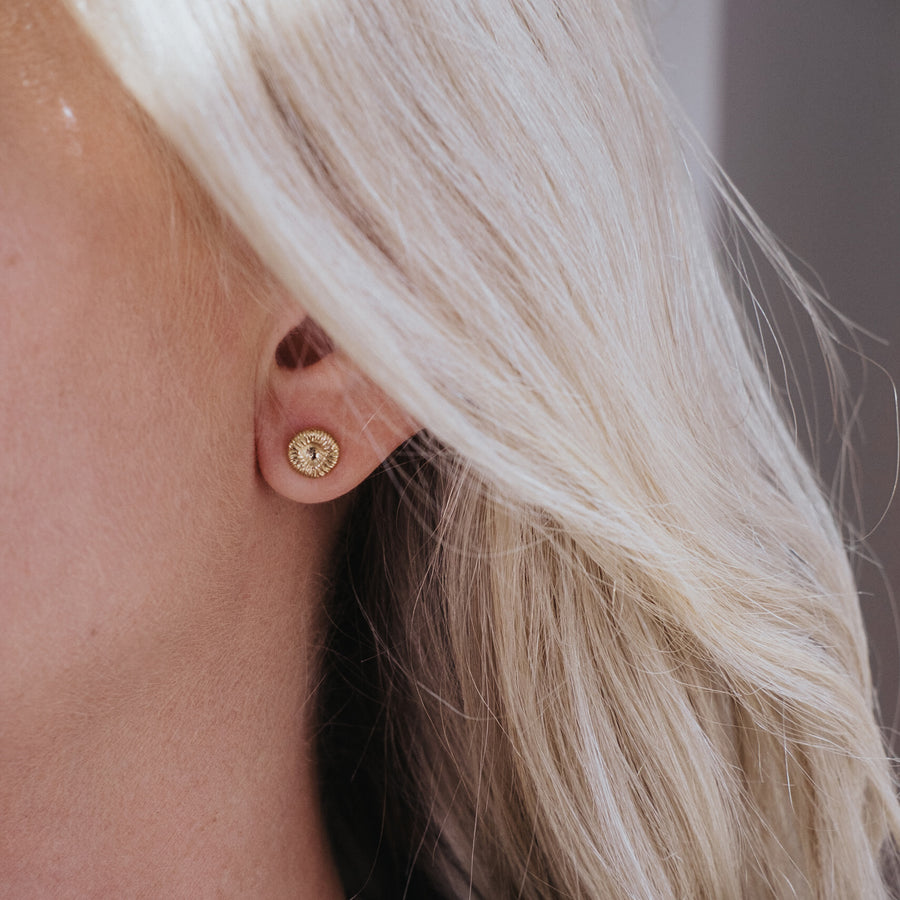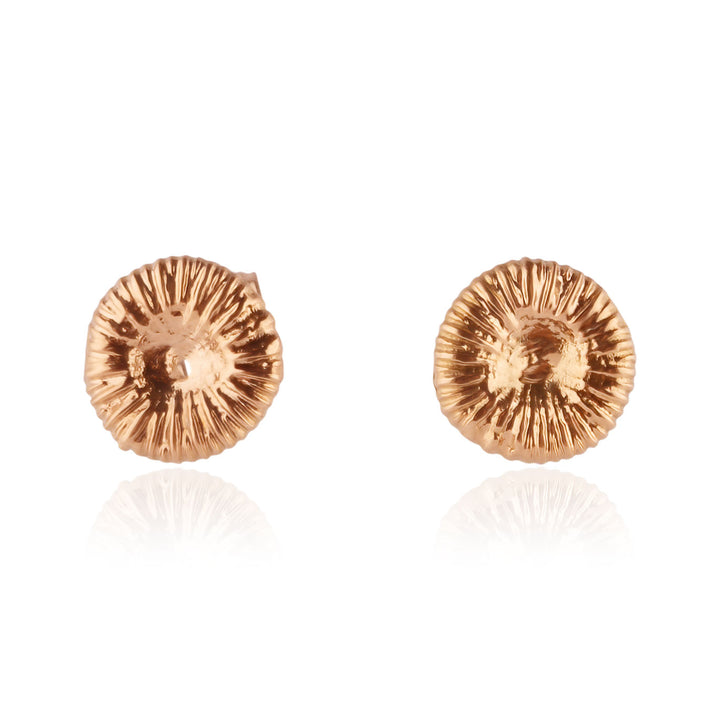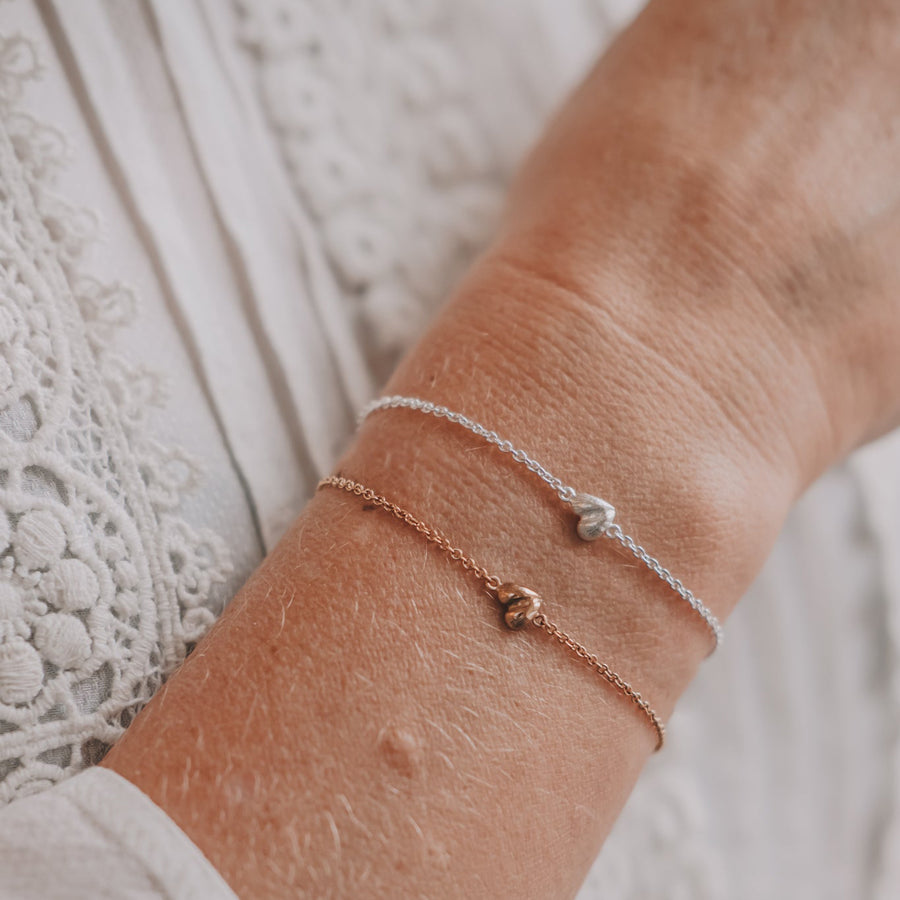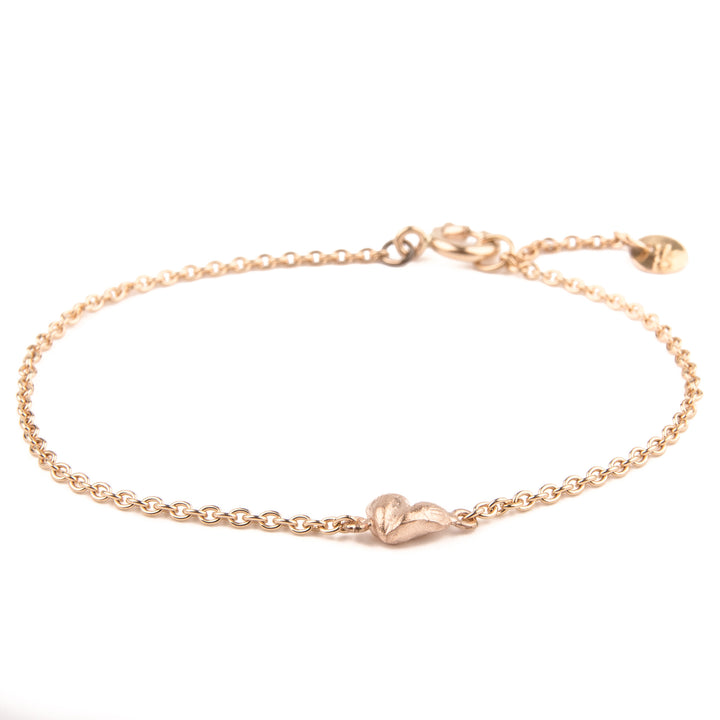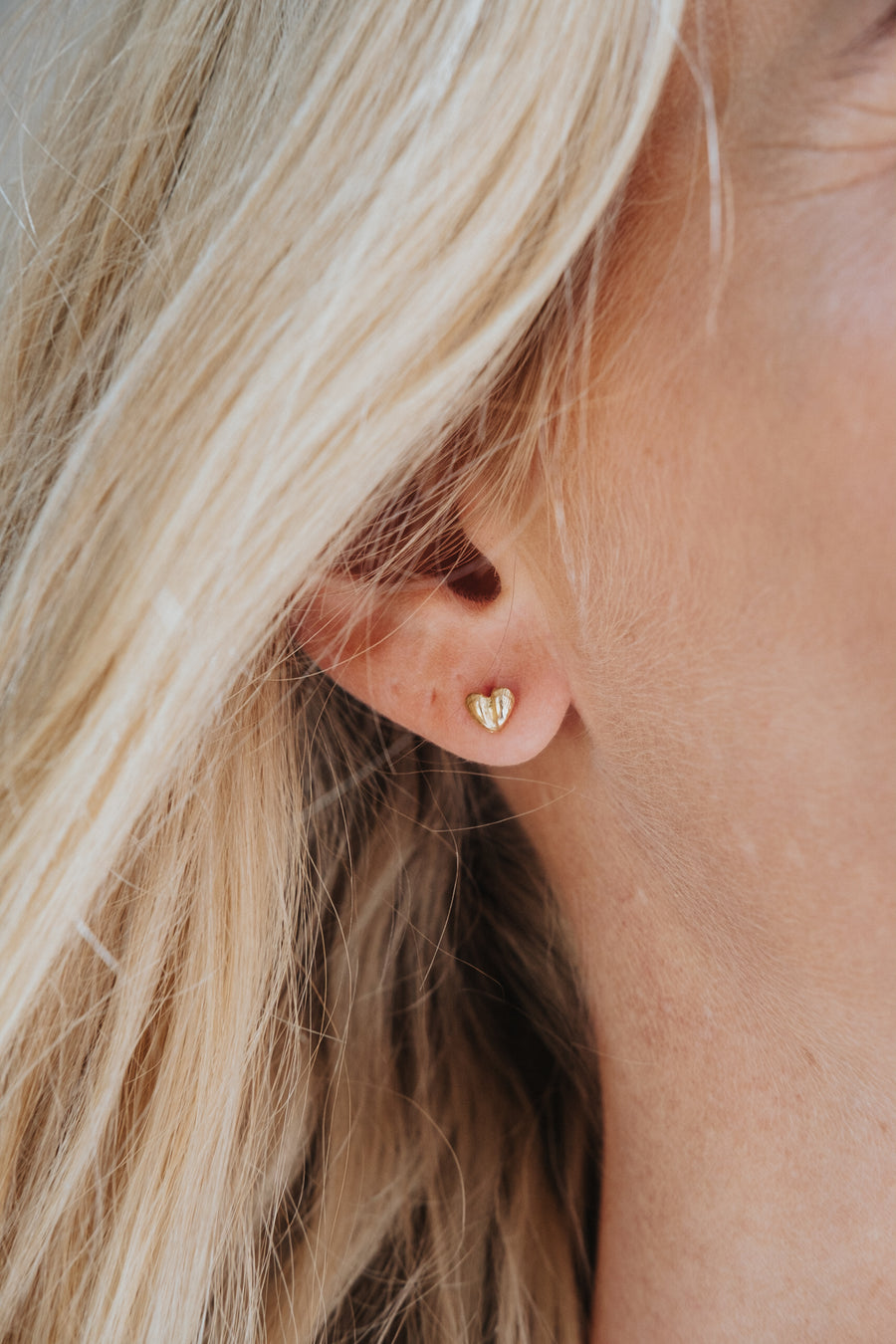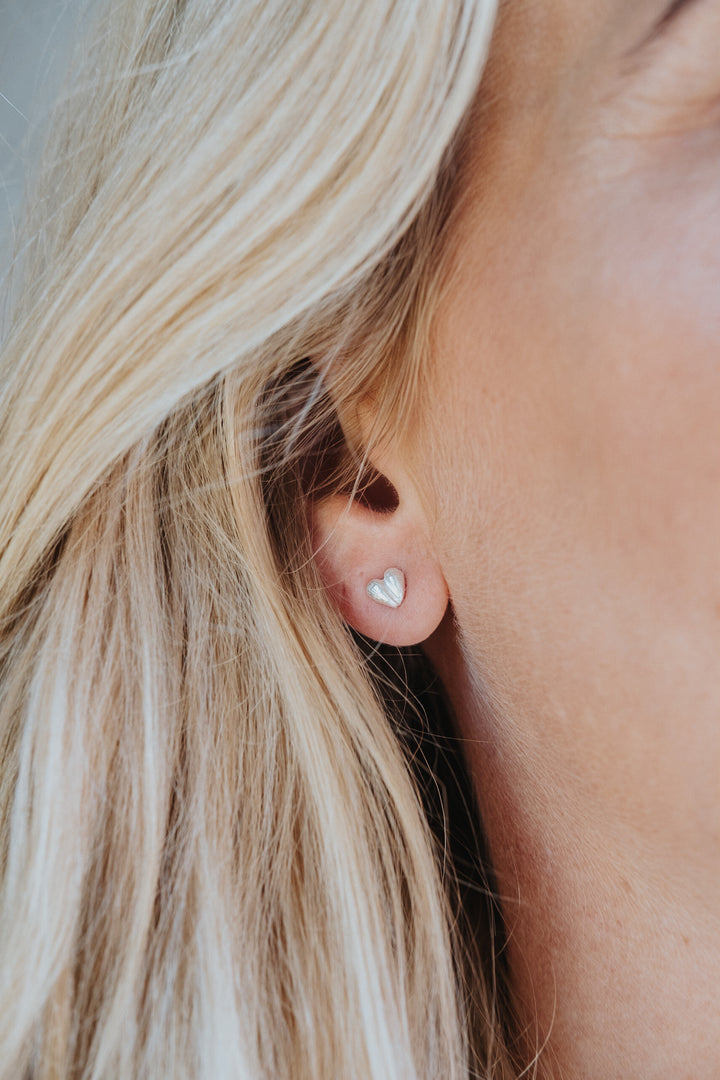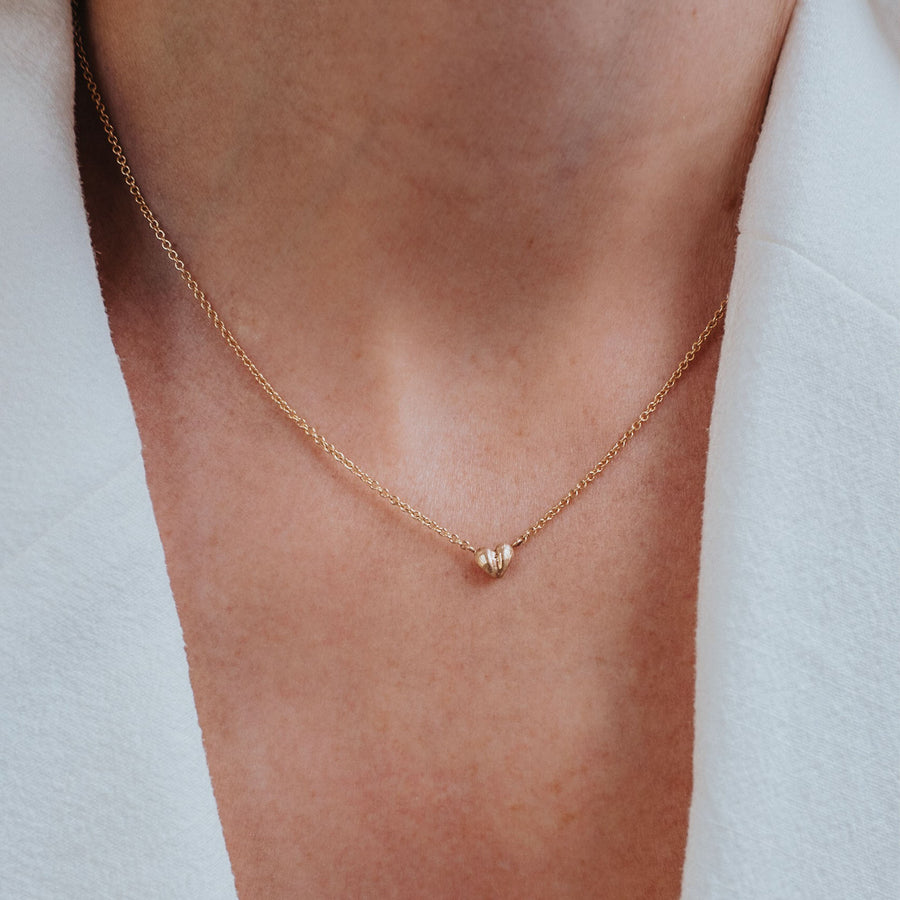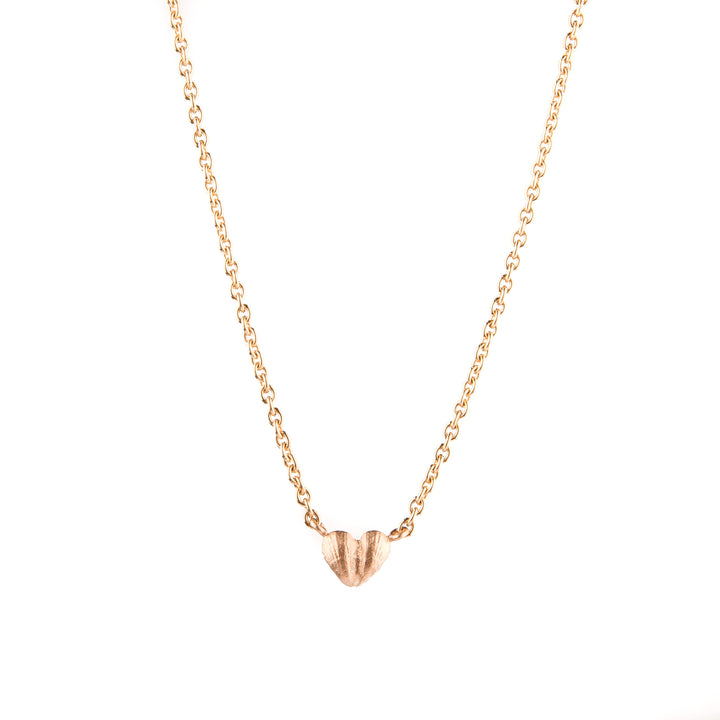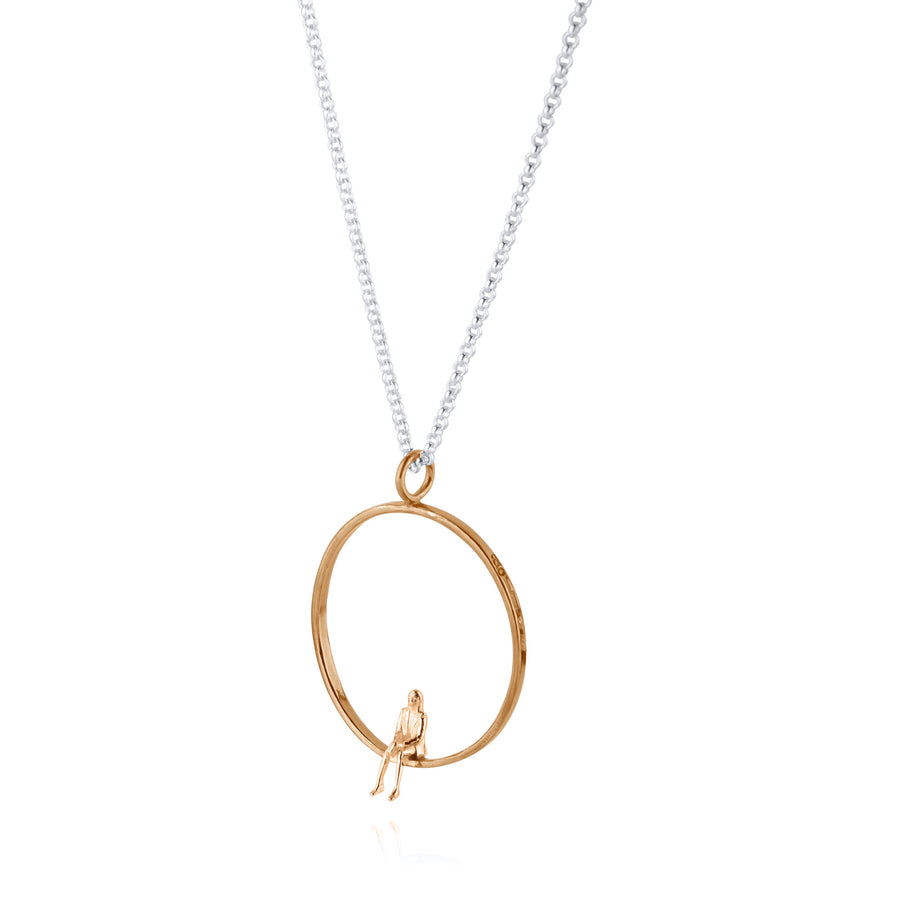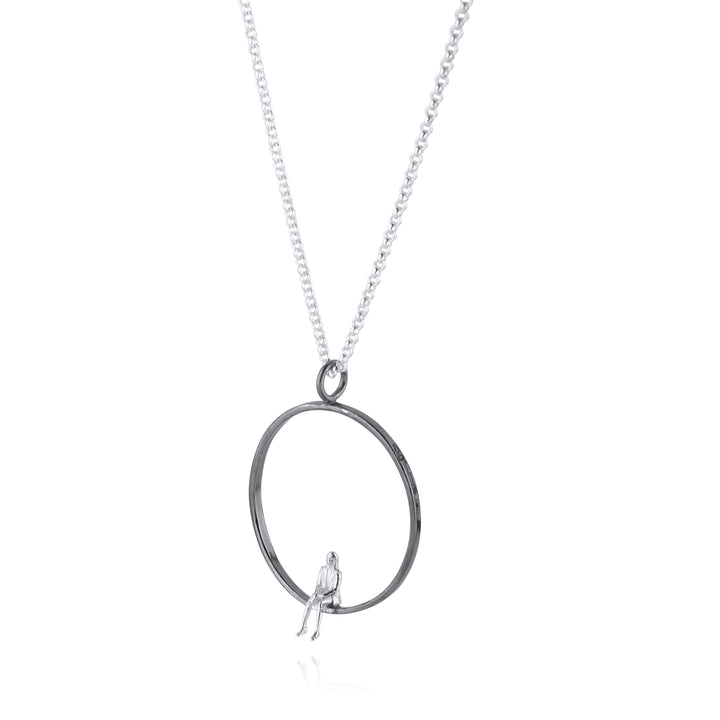A successful wedding dinner isn’t just about delicious food and beautiful decorations – table placement also plays an important role. By thinking through the placement, you can create the right atmosphere, facilitate conversation, and make guests feel welcome.
Traditionally, the placement has followed certain etiquette rules, but today many couples choose to adapt it to their own circumstances. Here we guide you through how it is usually done, common mistakes to avoid and some practical tips for different types of tables.
The traditional table setting
In classic etiquette, the bride and groom sit in the middle of the table of honor. The bride is placed to the right of the groom.
- To the right of the bride sits her father, then the groom's mother and possibly the officiant.
- To the left of the groom sits the bride's mother, then the groom's father and, if necessary, the officiant.
- Older relatives are placed closest to the bride and groom, as age and proximity to the bride and groom have traditionally been seen as a place of honor.
- Siblings usually sit close, but not always at the head table.
Other common rules:
- Married couples do not sit together – except for the bride and groom.
- Cohabitants who have lived together for a long time are often considered married in this context.
- Newly engaged couples, however, can be placed next to each other, especially if they have recently promised each other.
- Bridesmaids and groomsmen often bring each other to the table.
If a parent is not present, it is common for another important relative or close friend to take their place.
When you abandon tradition
Every wedding is different, and it’s not always possible – or desirable – to follow the traditional seating arrangement. Especially in cases of divorce, stepfamilies, or when a parent is not in the picture, a more flexible solution may be better.
A good tip is to talk openly with the people involved in advance. Most people appreciate knowing how you think, and this will avoid misunderstandings.
Instead of strictly following family ties, you can choose to:
- place close friends closest to the bride and groom
- mix guests from both families to create community
- think more about personal chemistry than about etiquette
Difference between long tables, round tables and U-shaped tables
The choice of table can affect both the mood and social interaction:
- Long tables: Creates a festive feel and works well for larger groups, but it can be more difficult for all guests to converse with each other.
- Round tables: Facilitate conversation because everyone can see each other. Perfect for smaller groups and a more relaxed dinner.
- U-shaped tables: Great if you want a central stage or space for speakers. The combination of formal and social layout provides both focus and opportunity for conversation.
Common mistakes to avoid
To make dinner as enjoyable as possible, it's a good idea to keep these points in mind:
- Putting all friends at the same table can create “cliques” and exclude other guests from conversation.
- Ignoring divorced parents or stepfamilies can create unnecessary tension.
- Not having a plan for speakers – speeches are often given at the honors table.
- Forgetting small details like the distance between chairs and the dining area can affect comfort.
Frequently Asked Questions (FAQ)
Is it necessary to have a table arrangement at a wedding?
No, but a well-thought-out placement makes mingling easier and makes dinner more relaxed.
Who is sitting at the head table?
Traditionally the bride and groom, parents and officiant. Siblings and close friends can sometimes sit there too.
Can you have round tables instead of long tables?
Absolutely. Round tables encourage conversation and are often better suited for mingling than long tables.
Most importantly – your day, your rules
Regardless of how you choose to seat your guests, the most important thing is that the table placement contributes to a happy and relaxed atmosphere. Traditions can provide a good foundation – but it is always you as the bride and groom who decide.
It's your day, and it's best when the table setting reflects you and your relationships.





